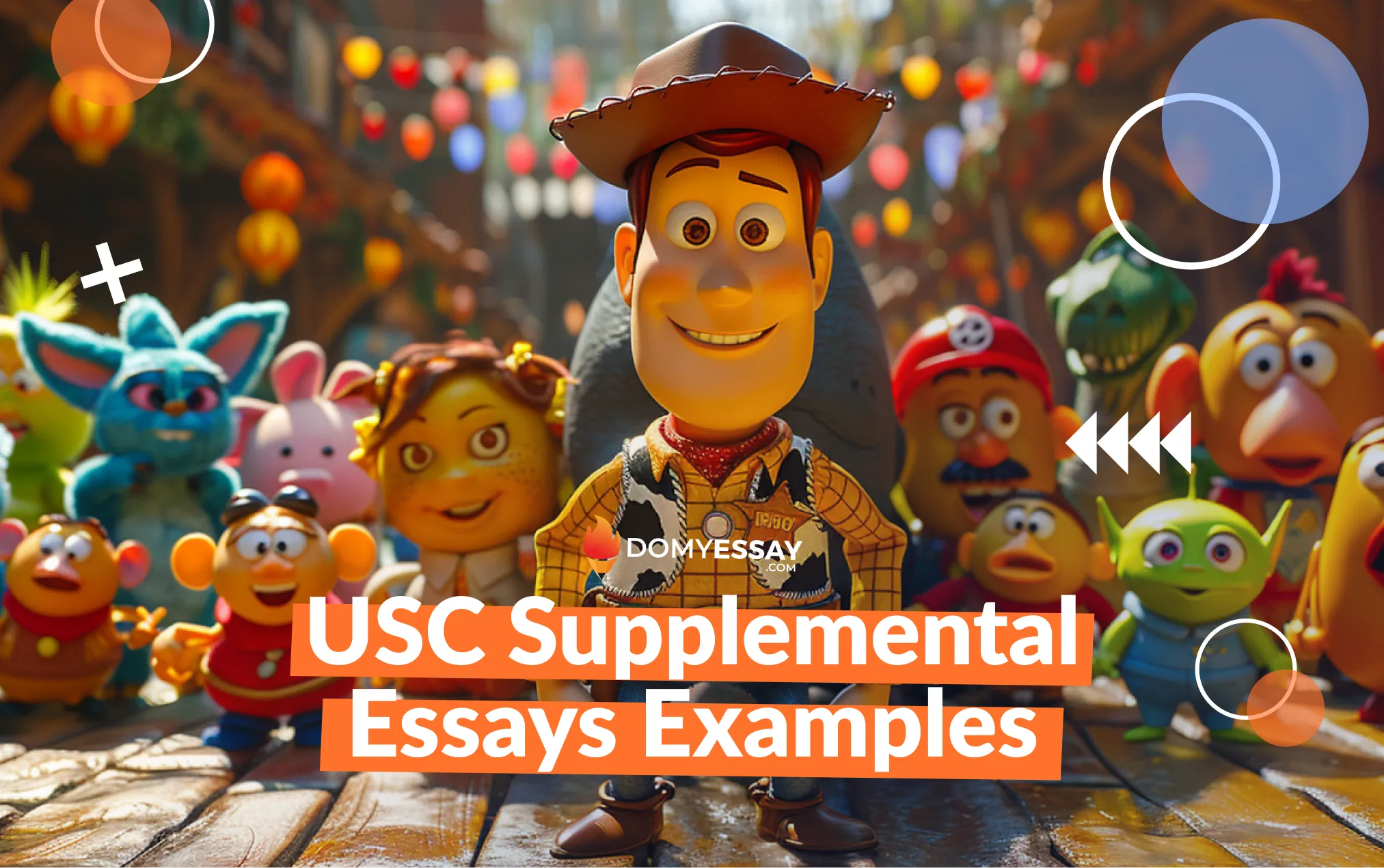The term paper cover page serves as the initial introduction to your academic work. It presents essential information such as the paper's title, author's name, course details, and submission date. Crafting an effective cover page requires adherence to specific formatting guidelines, often dictated by the chosen citation style (APA, MLA, Chicago, etc.).
Typically, it involves several steps:
- Determining the required format based on assignment instructions.
- Gathering necessary information (title, author, course, instructor, date).
- Accurately positioning and formatting elements according to style guidelines.
- Proofreading for errors in spelling and formatting.
While creating a cover page may seem straightforward, the process can become complex when adhering to strict formatting rules. This is where DoMyEssay can be invaluable. Whether you need assistance with formatting, citation, or any other aspect of your assignment, we can provide guidance and support. In fact, our experts can help you with the entire paper, from the cover page to the conclusion.
Don't Let Your Cover Page Be a Cover-Up!
We'll help you create a cover page, and while we're at it, we can tackle that entire paper, too. No more all-nighters!

Elements of Term Paper Cover Page
A standard term paper cover page typically includes the following components:
- Paper Title: A concise and informative statement of the paper's subject.
- Author's Name: Your full name as it should appear on the paper.
- Course Title and Number: The exact name and number of the course.
- Instructor's Name: The name of your professor or instructor.
- Institution Affiliation: The name of your school or university.
- Date of Submission: The due date for the assignment.
While these elements are common, the specific format and placement of each component can vary depending on the required citation style.
Format of Term Paper Cover Page
The precise format of your term paper title page will depend on the specific guidelines of your institution, department, or course instructor. However, most cover pages adhere to general formatting standards dictated by the chosen citation style (APA, MLA, Chicago, etc.).
- Margins: These are the blank spaces around the edges of the page. Common margin settings include 1-inch margins on all sides.
- Font: The type and size of the font used for the text. Popular choices include Times New Roman, Arial, or Calibri in 12-point size.
- Spacing: The amount of vertical space between lines of text. Double-spacing is often required for cover pages.
- Alignment: The positioning of text on the page. Typically, elements are centered or left-aligned.
- Header and Footer: These are the top and bottom margins of the page. Some styles require specific information in these areas.
For more detailed information, be sure to check out our guide on term paper format.
How To Make a Cover Page For Term Paper?
Creating a professional and accurate cover page for a term paper is an essential first step in presenting your work. Here's a general guide to help you through the process:
Essay Emergency?
Don't panic! DoMyEssay is your essay-writing sidekick. We'll help you brainstorm, research, outline, and write that perfect essay.

APA & MLA Term Paper Cover Pages: Differences and Similarities
While you have the flexibility to format your term paper's title page according to various styles, APA and MLA are the most prevalent in academic settings. These styles don't alter the essential information included on the cover page but do influence their presentation.
Let's explore the cover page formatting rules for both APA and MLA.
APA Style Cover Page
An APA format cover page typically includes the following elements:
- Running head: An abbreviated title placed at the top of the page (optional; check your guidelines).
- Paper title: Centered in the upper half of the page, written in bold and title case.
- Author information: Your name, your instructor's name, course title and number, and institution affiliation are placed below the title, double-spaced.
- Page number: Located in the upper right corner of the page.
MLA Style Cover Page
Unlike APA, MLA generally does not require a separate cover page. However, some instructors may request one. If so, an MLA-style cover page commonly includes:
- Institution name: Centered at the top of the page.
- Paper title: Centered a few lines below the institution name. A subtitle can be added if necessary.
- Author's name: Centered beneath the title.
- Course information: Including the course name, instructor's name, and due date, centered below the author's name.
The Bottom Line
Term paper cover page includes key elements such as the paper title, author's name, course information, instructor's name, and institution affiliation. While the specific format varies based on the required citation style (APA, MLA, Chicago, etc.), attention to detail is crucial.
Creating a flawless cover page can be time-consuming and complex. However, with the right tools, the process can be simplified. Remember, our experts at DoMyEssay offer comprehensive support for all aspects of your assignment!
FAQs
STYLE SHEET -EFL EDUCATION. (n.d.). https://www.uni-due.de/imperia/md/images/appliedlinguisticsdidactics/stylesheet20191104.pdf

.webp)


